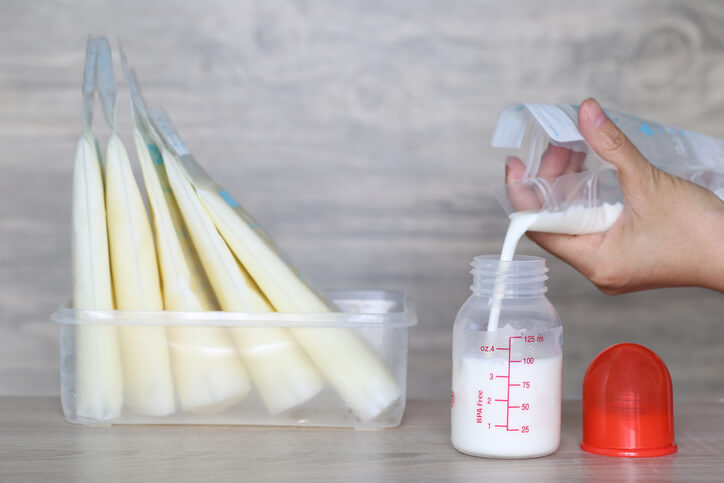The holiday season is finally here. We know that you’re more than a little excited to celebrate with your loved ones and the newest member of your family.
But when you’ve just bought your baby home through surrogacy, you might be unsure of how to incorporate your unique story into your annual holiday traditions.
Below are 10 ways that you can do just that.
1. Send a holiday greeting card.
If it’s been a bit since you’ve reached out to your surrogate or agency, you might think about sending them a nice holiday card. They would love to hear about how you’ve been since the end of your surrogacy journey and about your plans for the holidays. Don’t forget to include a picture of your beautiful family for them to see!
2. Show your appreciation during Thanksgiving.
Thanksgiving is the perfect time to reach out to someone you’re thinking of — especially your surrogate.
There are a ton of ways that you can celebrate them during the busy Thanksgiving season. You might send them a card, spend some time together over a video chat or a phone call, or even just give thanks for them during your Thanksgiving dinner.
Let them know that you’re always thinking of them, and remind them of how much you appreciate their decision to help your family. Don’t be afraid to think outside the box if you’re looking for other ways to show your appreciation!
3. Look back on your surrogate baby book.
A memory book is a great way to keep track of the surrogacy journey. If you made one during the process, now would be an amazing time to look back on how far you’ve come. You might even add some new pictures to your book to remind you of the great times you had during this holiday season.
4. Add a sentimental ornament.
Surrogacy will impact your life many years to come. To commemorate this special journey, why not add a sentimental ornament to your Christmas tree? You might pick an ornament that has your child’s birth date on it or the date of their expected arrival. Take a look at Etsy and Pinterest for some really cool ideas.
5. Gift a book about surrogacy.
The best thing about Christmas and Hannukah is giving and receiving, and who doesn’t love getting books during the holiday? There are a ton of books available about that go in-depth about surrogacy for intended parents, surrogates, children and anyone else who may be curious about what the process is really like.
If you know someone who’s thinking about starting their own surrogacy journey, is in the middle of their journey or already has children through surrogacy, a book is a great holiday gift option.
6. Think about your favorite childhood traditions.
Of all the traditions you had as a child, was there anything that you especially loved? You can recreate them with your child’s surrogacy story in mind. For example, if you had a ton of fun making holiday cookies with your loved ones, you can do the same with your child. Make sure to send some of those goodies to your surrogate with a sweet note!
7. Honor the surrogacy journey.
The holidays are a perfect time to look at the past and feel grateful for everything that we have. Take a moment during this busy season to explain to your child how thankful you are for the surrogacy journey. Talk about how thankful you are that you and your child were brought together by surrogacy and remind your child of how special they are.
8. Plan a new holiday celebration together.
You may already have tons of holiday traditions, but what about something new that’s just focused on surrogacy? You could read a book about surrogacy together, or you could set aside some time during your holiday celebrations to talk with your surrogate or your surrogacy specialist.
9. Watch a positive movie about surrogacy.
We love relaxing on the couch and watching a movie with our family during the holiday season. Although not every surrogacy movie gets the process right, there are some that are worth checking out, like A Belly for Me, A Baby for You and The Guys Next Door.
10. Read a book together about surrogacy.
There are tons of books about the surrogacy process that you can read together with your child, even when they’re young. Some are told from the perspective of a child, so your child will have an age-appropriate explanation for what the surrogacy process is really like and an easier time connecting with the story.
If you’re looking for something geared toward adults, there are plenty of books that you might consider checking out.
How Will You Celebrate?
The holidays are some of the best times of the year. If you’ve been looking for some great ways to celebrate your surrogacy story, then we hope this blog gave you some new ideas.
Need some more? Connect with the surrogacy community on our Instagram or reach out to your surrogacy specialist anytime for suggestions.









